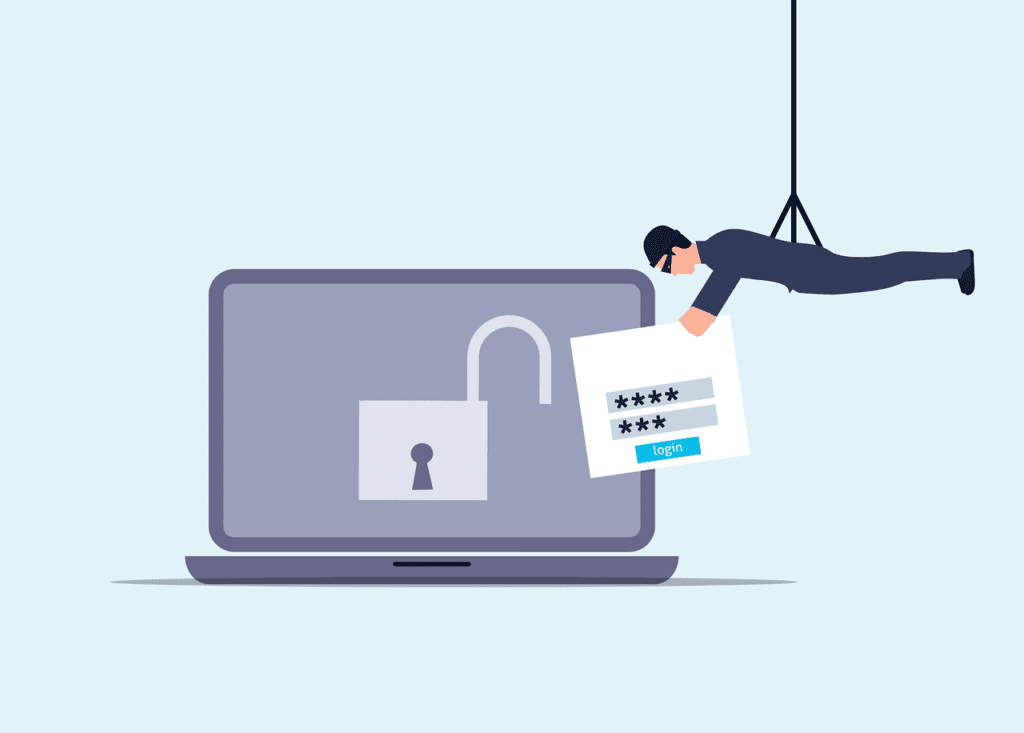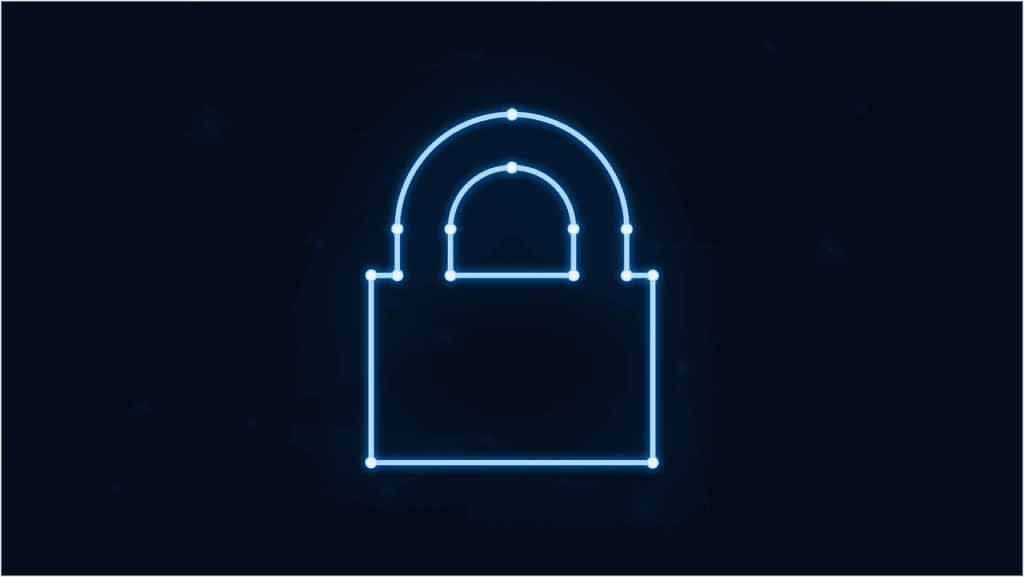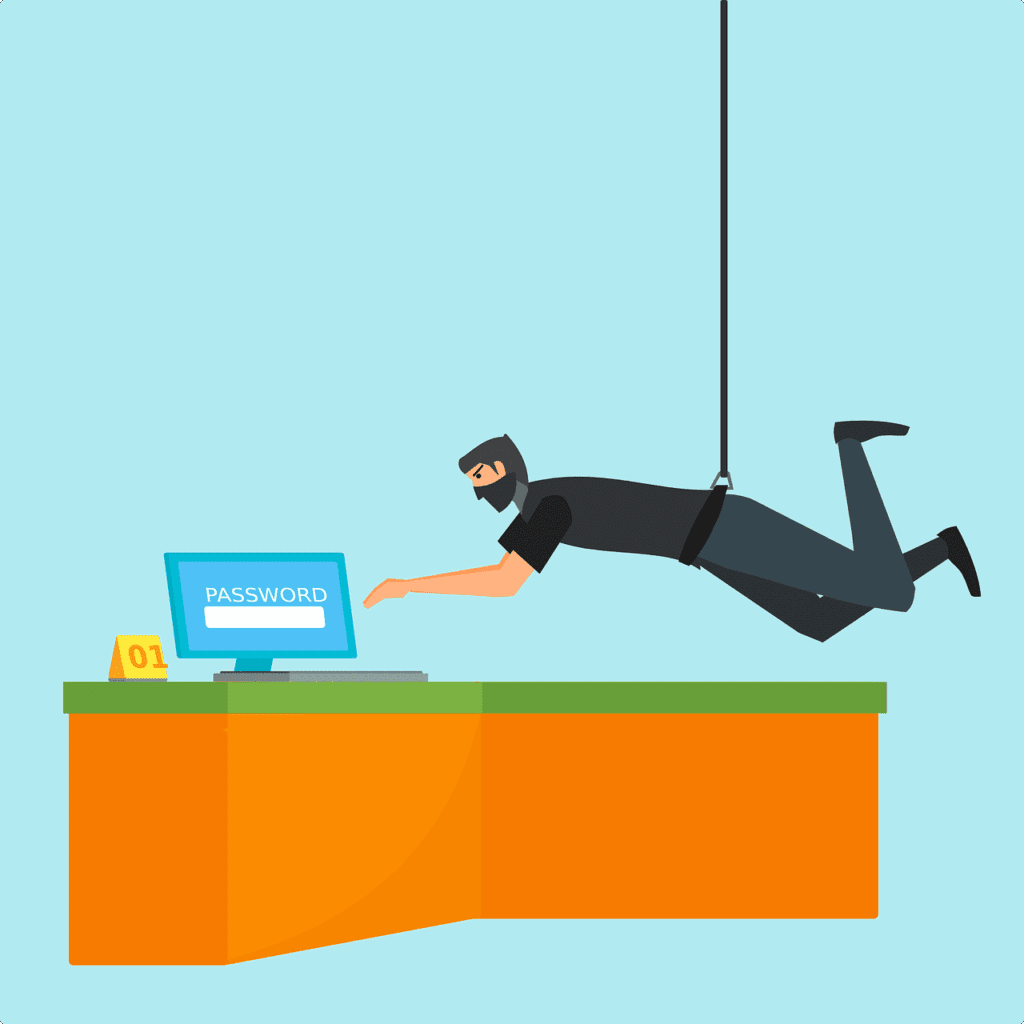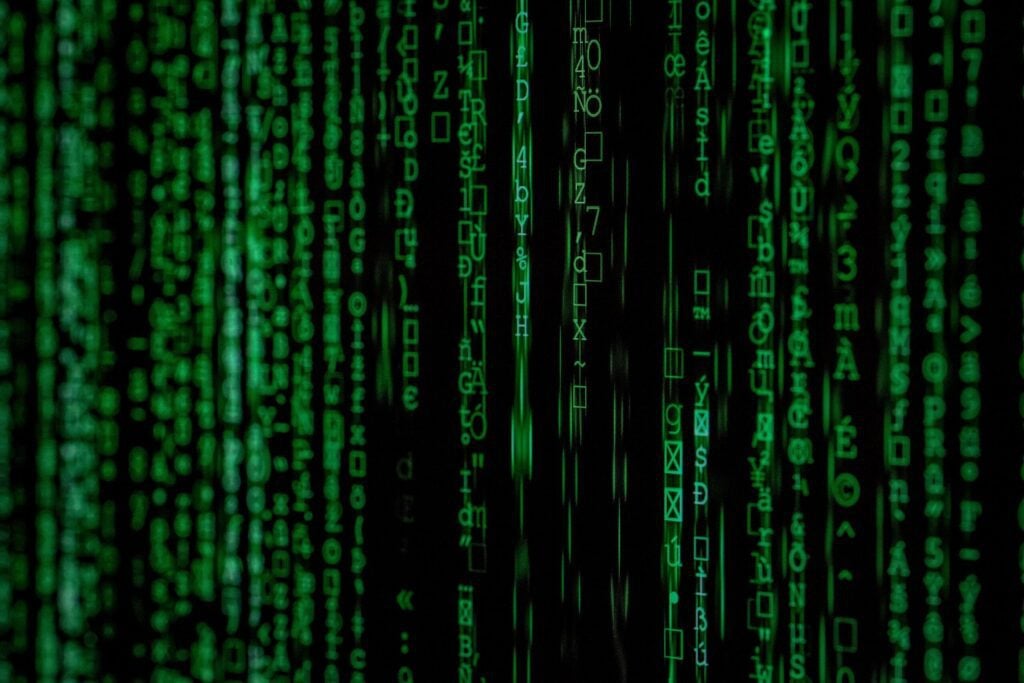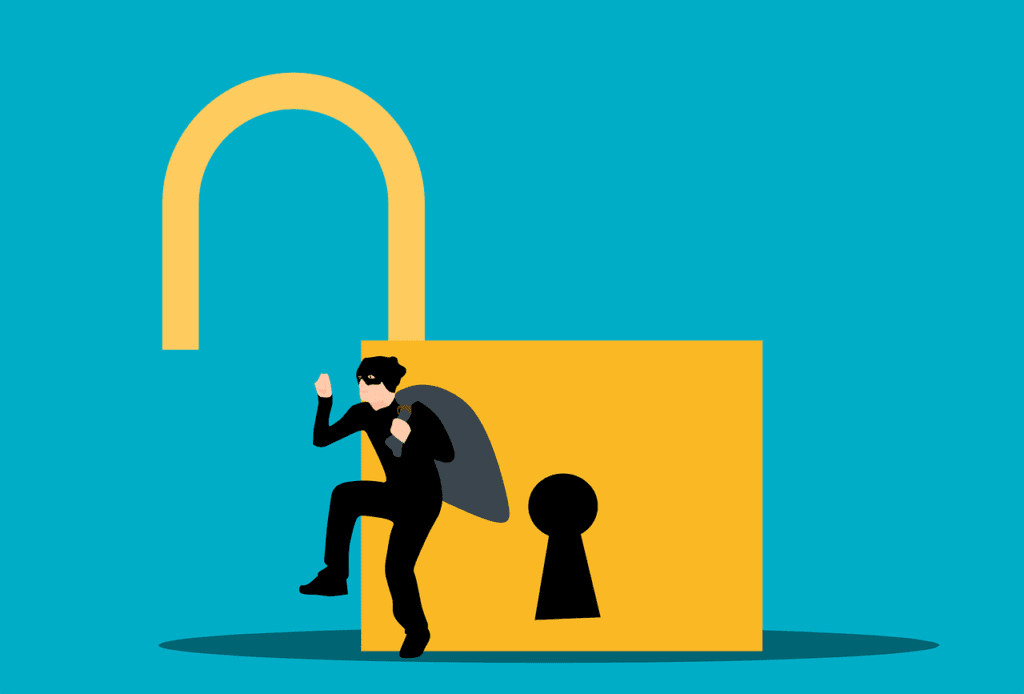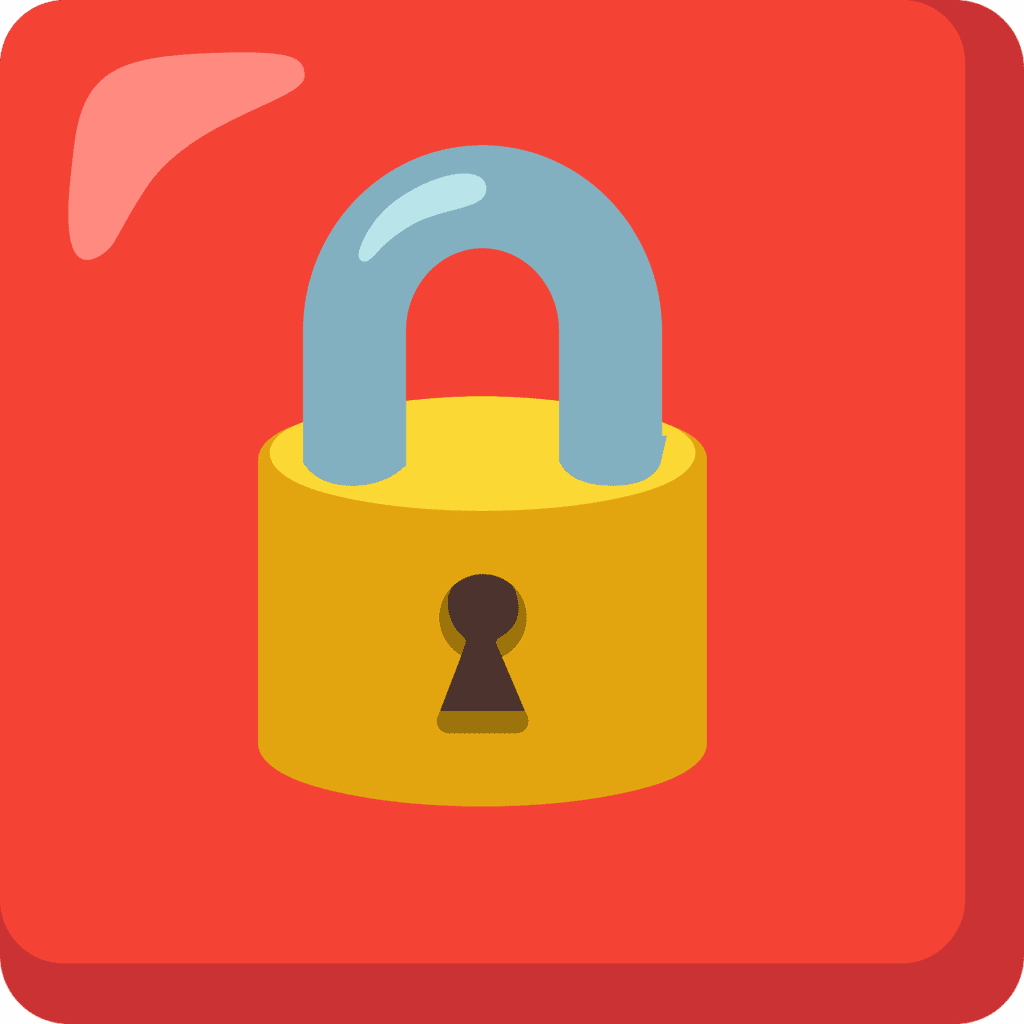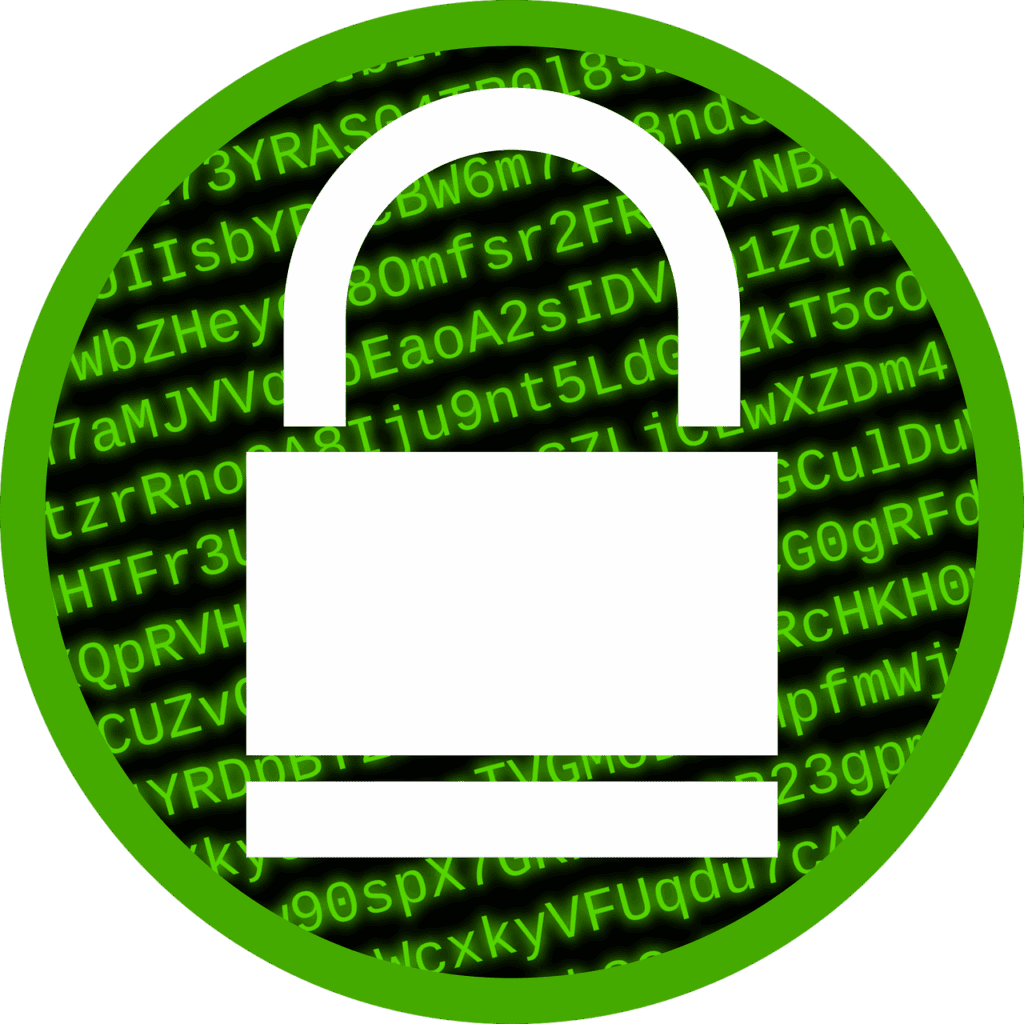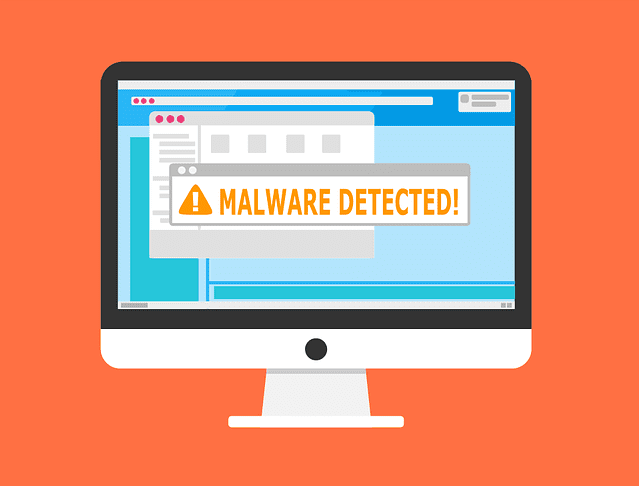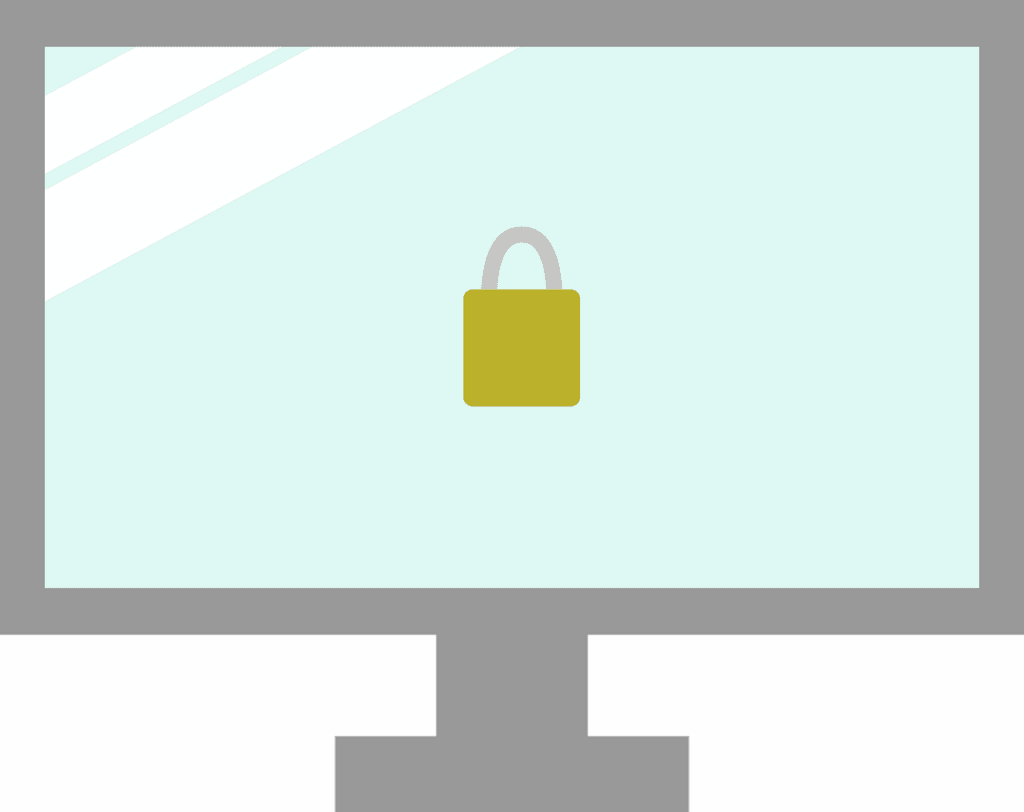10 Steps to Prevent a Data Breach
Data breaches can harm your business. They can cost you money and trust. Let’s look at how to stop them from happening. What is a data breach? A data breach is when someone steals information. This can be names, emails, or credit


